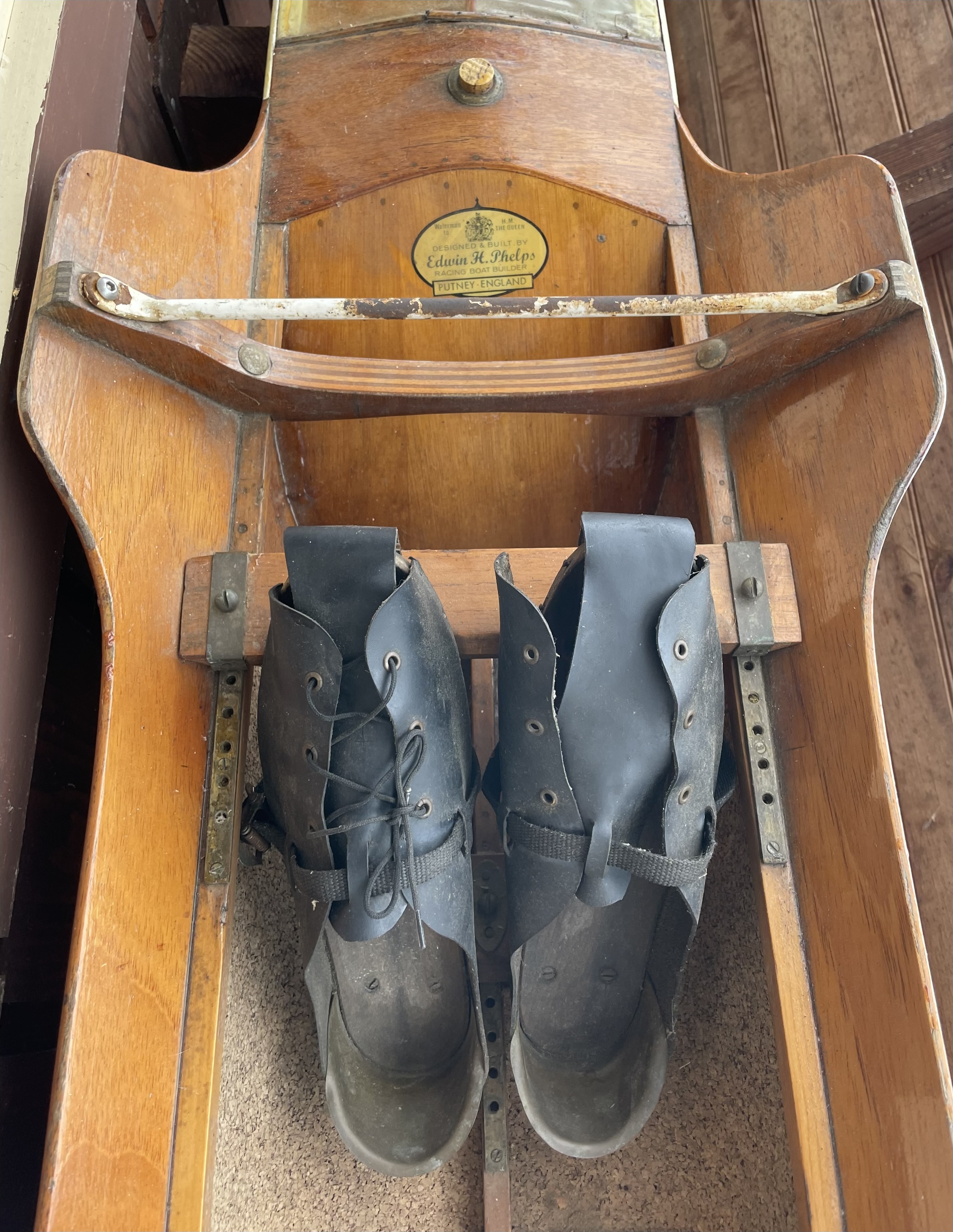
Rowing shoes have evolved in recent years, like many other aspects of the sport, in pursuit of greater efficiency and speed. Modern shoes are more sophisticated than the leather or canvas “clogs” used throughout most of the last century and, almost certainly, more efficient in transferring power from the rower to the boat.
They may also create a tradeoff as designs and technology continue to evolve. From the time rowers started securing their feet to the boat there has been the issue of freeing their feet in times of need. Regardless if how desirable it may be to be securely attached to the boat while it’s right-side up, it’s not desirable when the boat is upside down.
In December, 2021, the problem was presented this way on a chat group:
“There seems to be a new trend in rowing shoes that is a (very) mixed blessing. On the good side they grip the foot very well, especially the heel. On the bad side, the heel grip is so strong the rower risks not being able to release after a capsize.”
When a rower in San Diego capsized he was unable to release his feet and was rescued by a launch. “… the trade off of very snug heels vs. enhanced risk of drowning,” the poster concluded, “is worth attention.”
Carl Douglas, a widely recognized expert on the subject, responded:
“… if this is indeed the case, the term “trade-off” is meaningless — unless one takes a Faustian view of rowing safety.”
Release straps and heel-ties do not entirely resolve the problem.
In the quest for speed and glory rowers should be aware of these issues and cautious of Faustian bargains.
